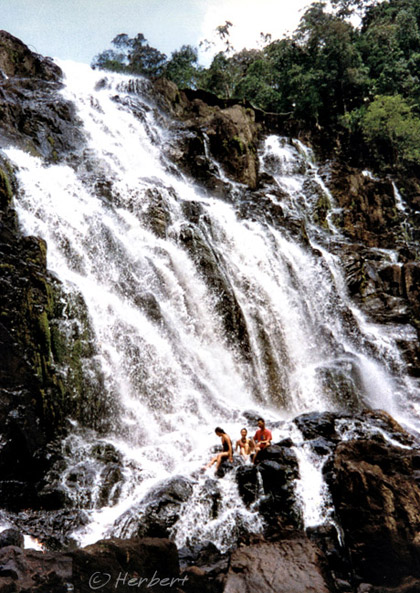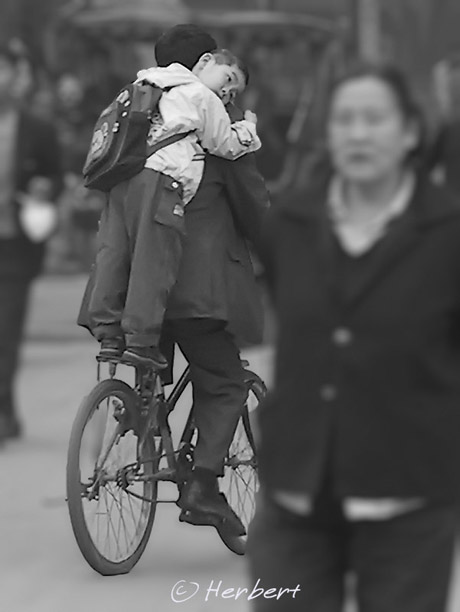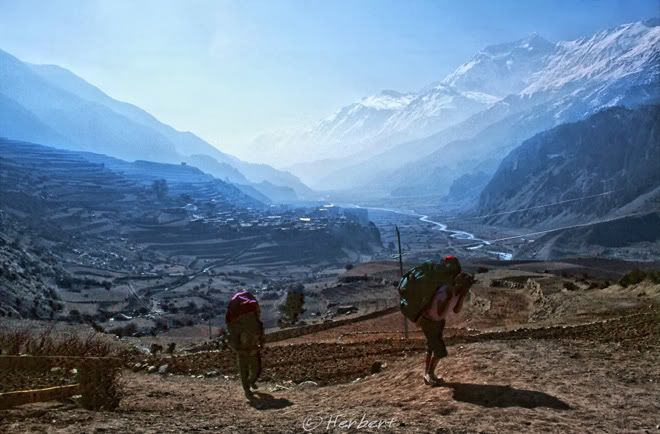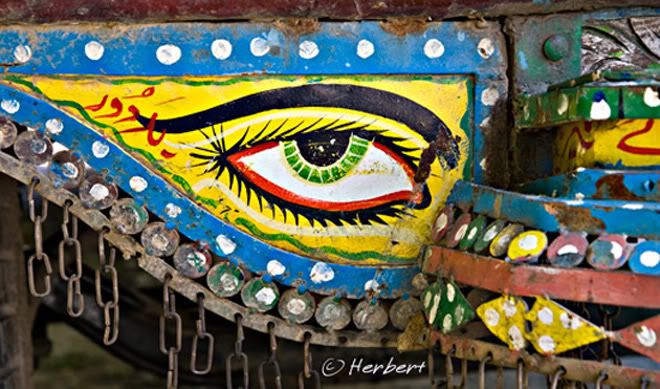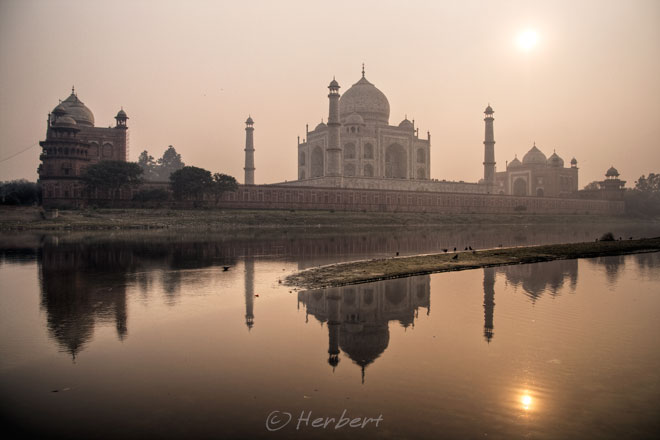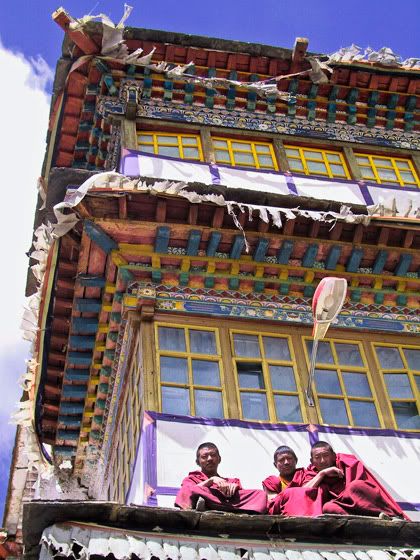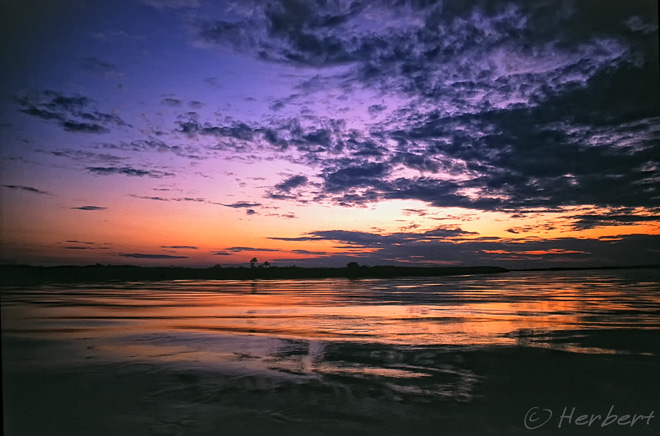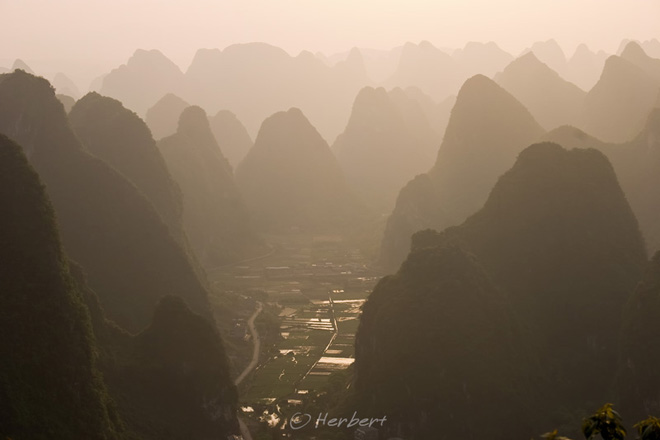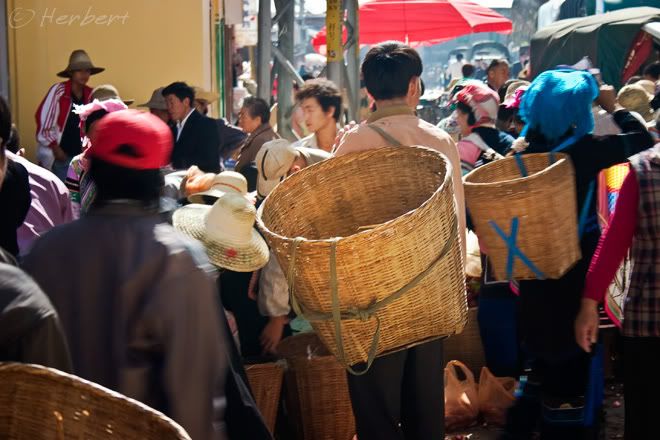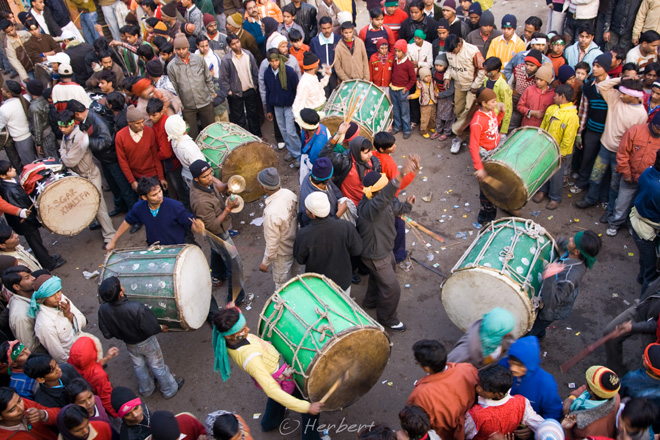 Location: Parkview Square, Singapore (1°18'0"N 103°51'27"E)
Location: Parkview Square, Singapore (1°18'0"N 103°51'27"E)
Date: 31 October 2002; 6.05pm
Camera: Canon G1
The building, Parkview Square is a landmark building in Singapore, located just outside the Central Business District. It is a landmark because it stands majestically tall in solitary in contrast to the much-shorter buildings around it. The owner wanted the building to be "imposing and monumental, yet stylish and elegant". The building is designed in the classic Art Deco style, with a similar Art Deco lobby that feature a 15m-high ceiling with handcrafted details. The open plaza, reminiscent of Piazza San Marco of Venice, is surrounded by sculptures and statues of many famous figures in world history such as the two gentlemen in the photograph, Sun Yat-sen, Mozart, Shakespeare and others. The building is also adorned with many motifs, sculptures, and ornamentation. It is "guarded" by eight gigantic fiberglass statues of men holding a light ball in their hands, four of them standing on each broad side of the building's crown. Similarly hand-crafted gargoyles decorate the building's exterior while a statue of a golden bird stands in the center of the plaza.
















